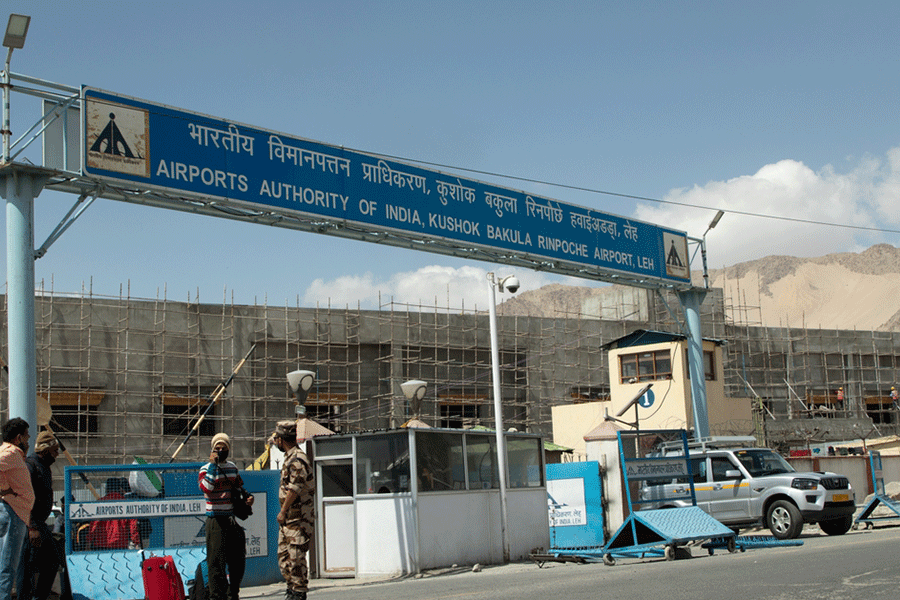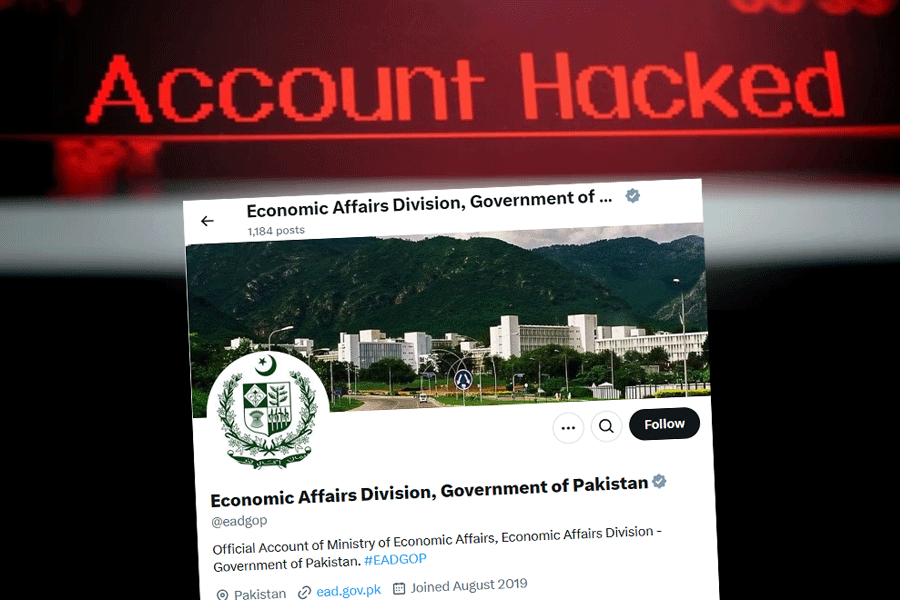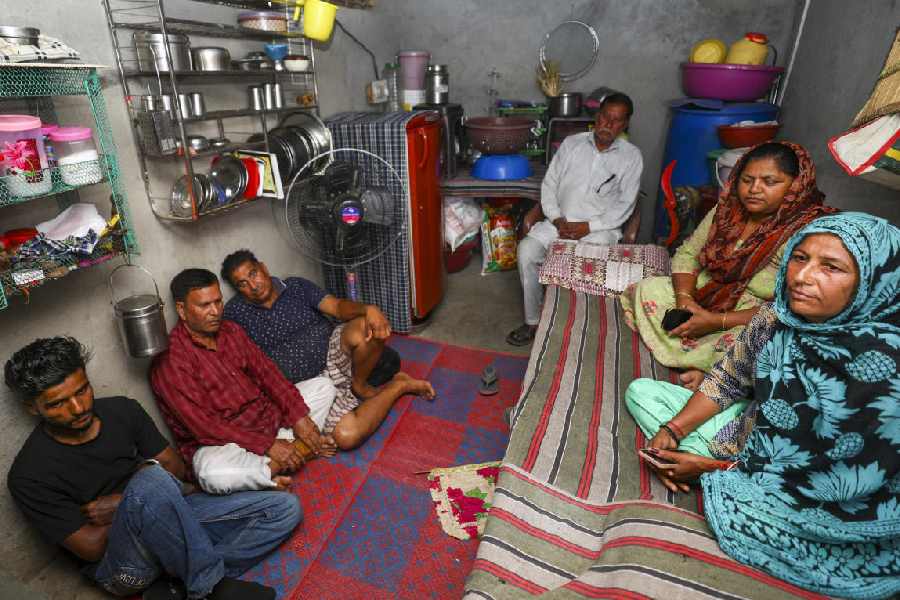|
|
| Equal access |
Working with students who have special educational needs but who study in mainstream schools has served as an eye-opener. Most of these children have no visible disability; they have specific difficulties in reading, writing, spelling or mathematics that pose barriers to coping with a fast-paced, textbook-based syllabus. Some have serious difficulties in adjusting to the norms and conventions of school, leading to behaviours that are considered ‘challenging’. The children I meet are referred by principals and teachers who feel that they and their parents need the services of special educators and counsellors. This is definitely a giant step. We must celebrate the fact that these children are not being ignored as they would have been in the past, or that, in spite of repeated failure, they do not just drop out of mainstream education.
But a lot remains to be done by all stakeholders in our educational system to ensure that children with special needs gain equal access to the curriculum, that their families are treated with respect and that school authorities be dissuaded from making unjust and, at times, insensitive decisions.
The term, ‘inclusive education’, widely used in recent times, is usually thought to imply education for students with perceptible disabilities (hearing/visual impairment, cerebral palsy, intellectual impairment). This is inaccurate. Inclusive education means a system of education that is progressive and flexible enough to meet the diverse needs of all students, including those with disabilities. Inclusion is an ongoing process of school reform that is beneficial to all students — bright, average, not so bright, and those who have exceptional or special educational needs. Some schools are exceptionally inclusive in their approach. A number of them include children with disabilities and have set up resource rooms with special educators to support students with special emotional, behavioural and learning needs. However, this number needs to increase.
Over the years, the educational assessment and guidance service we offer has reached a wider target group of schools, but by the time students are referred for help, they are already extremely fragile. Many have low self-esteem; they are so fearful and anxious, they almost will themselves to fail. Their exercise books are peppered with red, highlighting errors and critical comments. Adolescents are particularly at risk — emotionally scarred with experiences of failure and negative comments. Some develop examination phobia or psychosomatic conditions like nausea, palpitations and migraines. Boys are worse off than girls, as in many schools a warped definition of discipline justifies the use of cane and ruler, fist and hand. There have been girls too, whose knuckles have, literally, been rapped hard.
It would be simplistic to believe that children forget extreme verbal or physical punishment, but reactions do differ. Either a child is obviously anguished and petrified, or he assumes a stubborn, disrespectful and resentful attitude that seems to say, “I don’t care”. Many say so. The truth is — they all care. For those children who say they don’t and for those who hide their agony, emotions are repressed. Psychodynamic theories in psychology suggest that repressed feelings of injustice and powerlessness in childhood create insecure adults incapable of tolerance or compassion. They are essentially bullies who tend to mistreat those weaker than they are — spouse, partner and often, aged parents.
Children carry the scars of punishment for the rest of their lives. As a six-year-old child, I went to school wearing the wrong uniform for sports day. My skirt was ripped off and I was made to sit in class in my bloomers. Years later, I can still feel my ears burn in humiliation.
Children described as having ‘challenging’ behaviours are perhaps worse off than those who have difficulties in learning. Once a child has been slotted as disruptive, even small acts of mischief assume larger proportions. They are usually teased by their peers who use their names as cover for their own misdemeanours, and are often targeted by teachers when there is disruption in the classroom. In some schools, suspension for a period of time is used as a punitive measure. The routine is completely disrupted and the child finds it difficult to re-adjust to school. This leads to a cyclical flow of challenging behaviour and further punishment.
At times, the punishment actually reinforces the very behaviours that it is meant to correct. Take Ishan from the film, Taare Zameen Par — thrown out of class, Ishan spends his time wandering around, thoroughly enjoying himself. The psychologist, B.F. Skinner, says that when an observable behaviour leads to a pleasurable consequence, it tends to be repeated. But when it is not reinforced, it weakens. Therefore, if punishment is needed, taking away privileges or presenting work that the student really dislikes is far more effective than placing the child in a corner or throwing him or her out; this also leaves fewer scars than public humiliation or corporal punishment.
The plight of parents of children with special educational needs has been sensitively portrayed in Taare Zameen Par. By and large, they are all desperate, and enormous pressure is placed on the child. Sometimes, wisely, the school refers them to a psychiatrist, counsellor or special educator. This is a good idea if it is done to help the school and the parents seek a solution together. The assumption often is that the cause of children’s problems lies in the home or within the child. But problems are also rooted in school, and the combination of child, home and school must be taken into account to find a solution.
The degree of inclusiveness in a school is related to its definition of educational objectives. If the objective is to enable students with average or above-average intellectual capacities to realize their potential, schools are justified in being proud of their achievements. However, if the objectives are to celebrate diversity, to give opportunities to all students to learn and grow to their full potential and to establish environments where each child is happy and secure, schools need to evaluate whether or not these objectives are being fulfilled.
Schools celebrate cultural diversity, but are uncomfortable with deviance or difference. In the face of ‘real’ deviance from the norm, the required understanding and accommodation are not provided to the ‘diverse’. But it is easy to stand in judgment without considering the challenges teachers face. Large classes, the demands of the syllabus, parents insisting on academic excellence, a lack of training to deal with exceptionality of any kind, all pose barriers to inclusive education. Even then, there is scope for discussion about ways to deal with difference, as there is also the willingness to make certain systemic changes and provide training for teachers that will be of benefit to all students, including those who have special educational needs.
The institution of the school was established for all children. Schools are meant to be safe havens where all children feel cherished and wanted, for the institution symbolizes tolerance, inclusion and acceptance. Schools are meant to create confident individuals capable of making informed choices with the skill to evaluate the implications of these decisions. Schools are meant to have facilities to deal with diversity. Are these ideals translated into observable practices in all schools?
I would urge that the singular lack of equal opportunities that exists in many schools today be addressed. For too long, issues of injustice and exclusion have been swept under the carpet. I am hopeful that change will come if schools are willing to acknowledge and address these issues. Essentially, change must come from within the school. What is required is dialogue and discussion regarding children who have special needs and who often pose a problem for teachers. This process must be conducted proactively, with a desire to make things better for the child.
There is no dearth of expertise within schools and to facilitate the process, there are counsellors, special educators, paediatricians, child psychiatrists, teacher-trainers and just wise, experienced human beings whose knowledge and skills can be harnessed to support teachers when they are supporting the child. What is required is the will to change. The priority, though, must be the child and the focus must be on making whatever adaptations and systemic changes required to ensure that the child has equal access to whatever the school has to offer.
Today’s students are tomorrow’s leaders and nation-builders; their experiences of childhood will surely have an effect — positive or negative — on how they define their roles and discharge their responsibilities as members of the human race.











